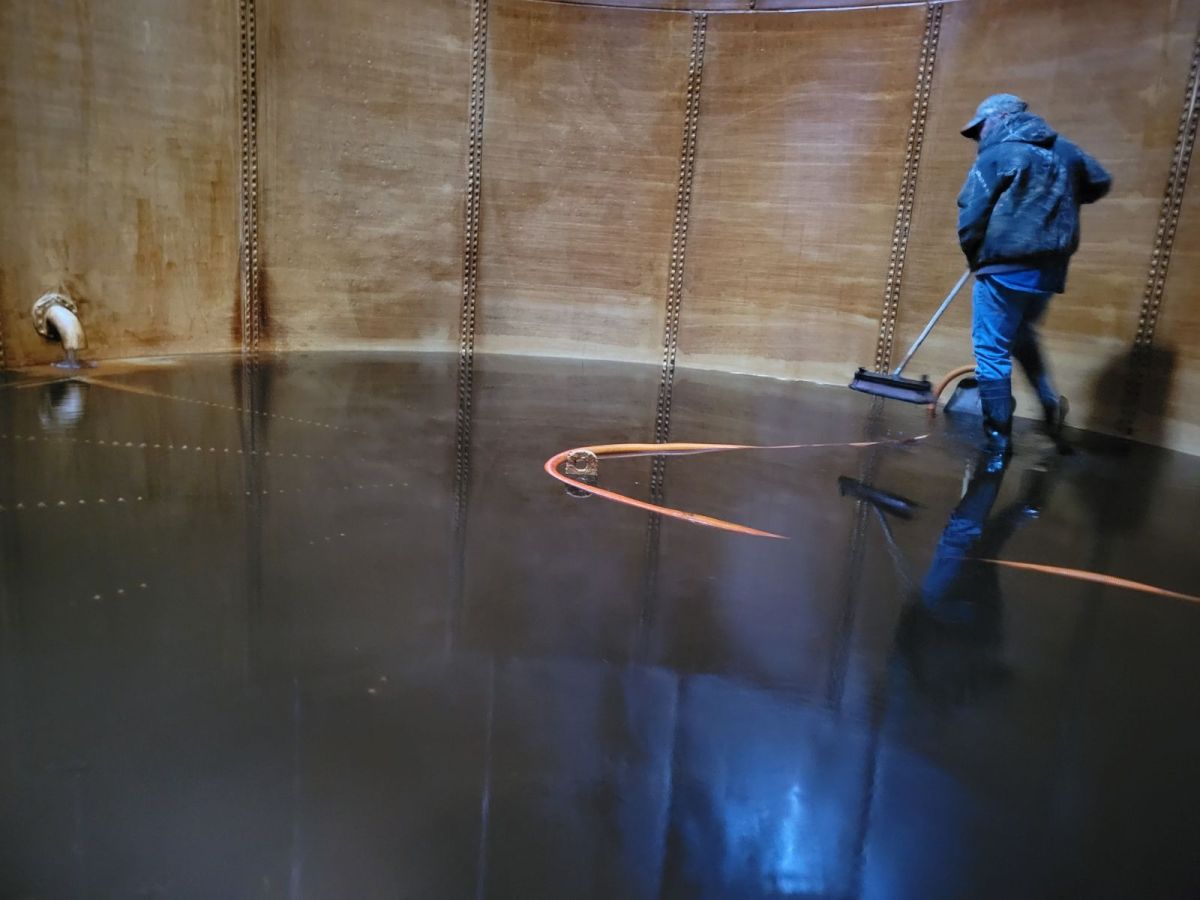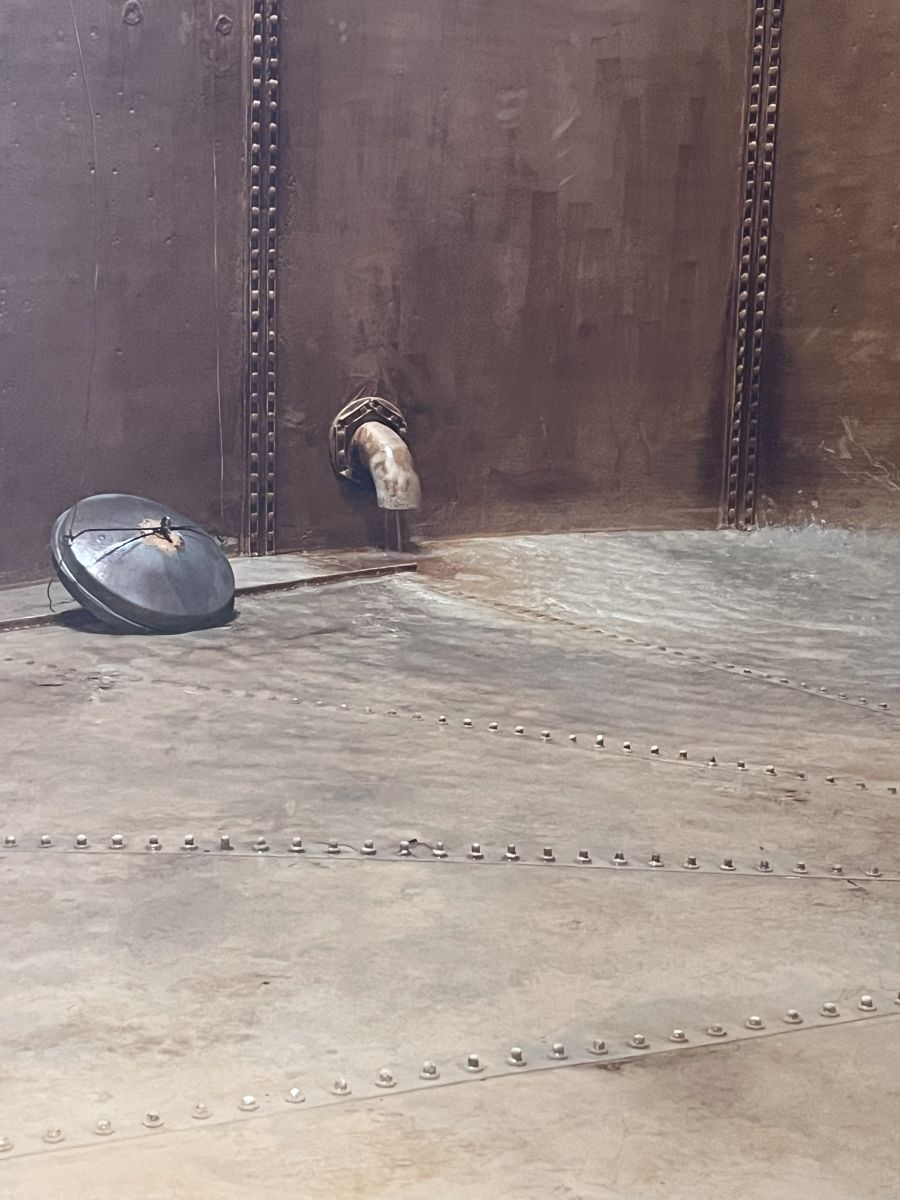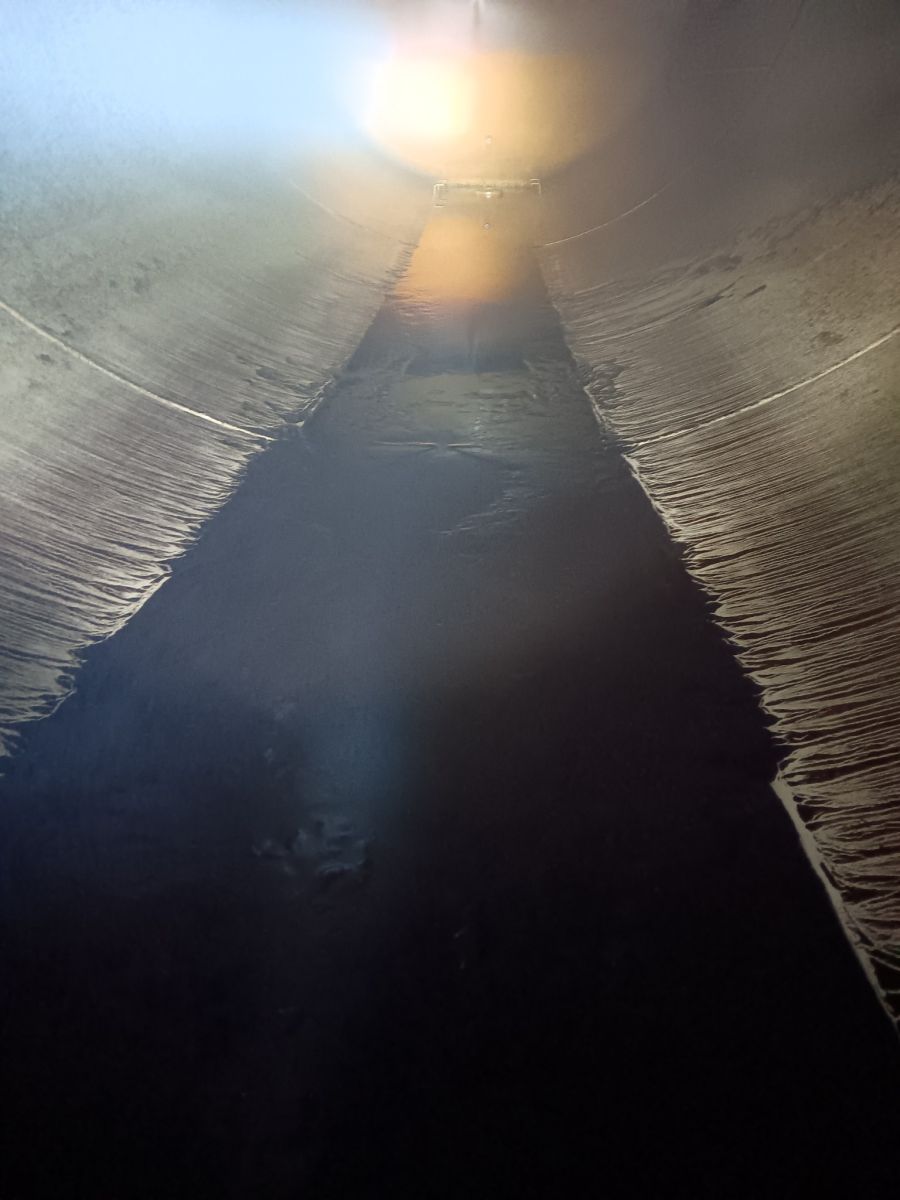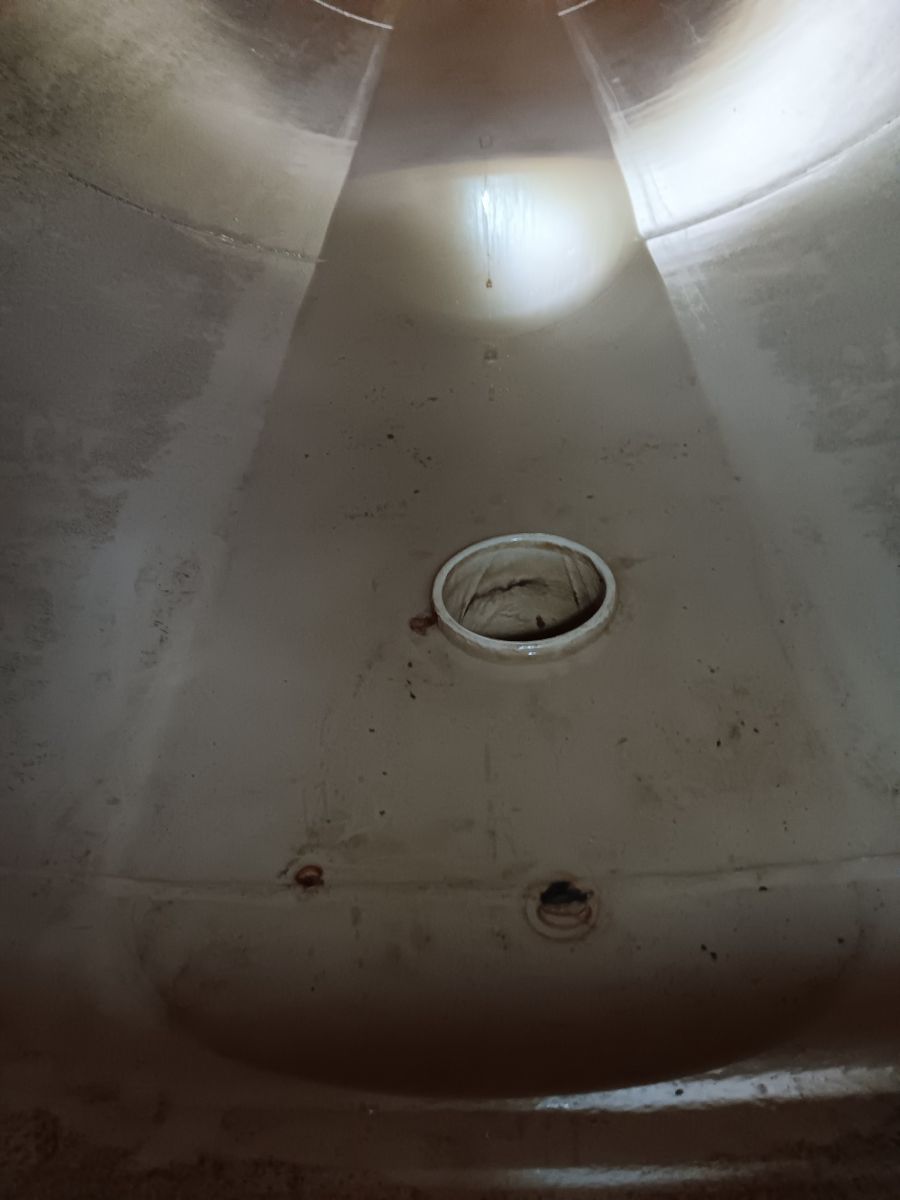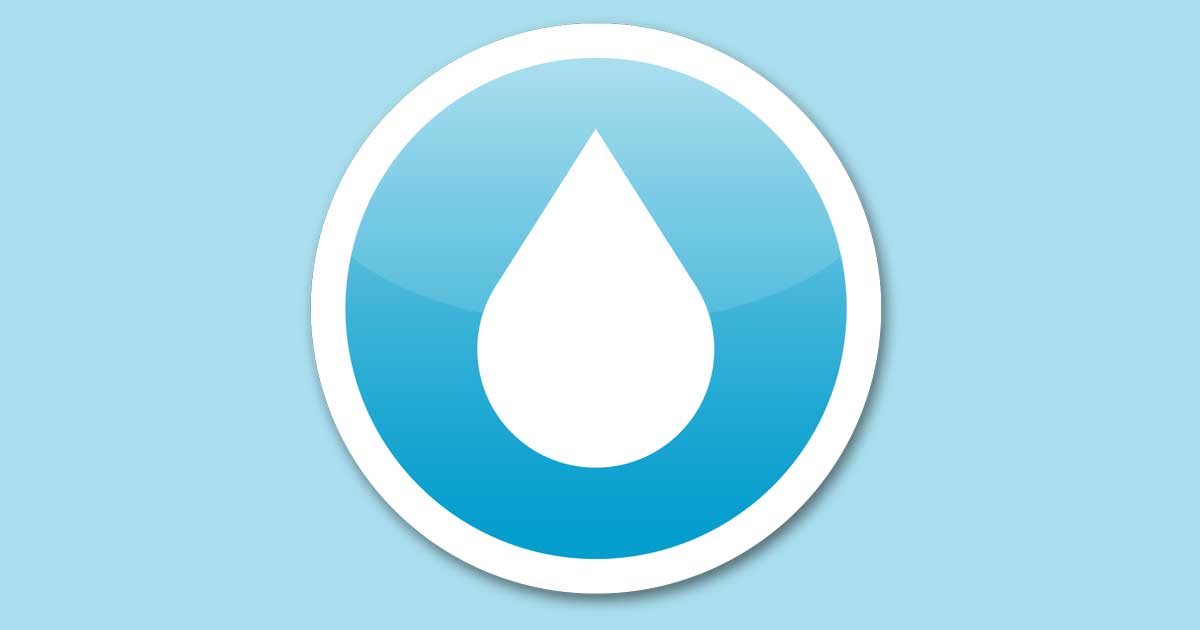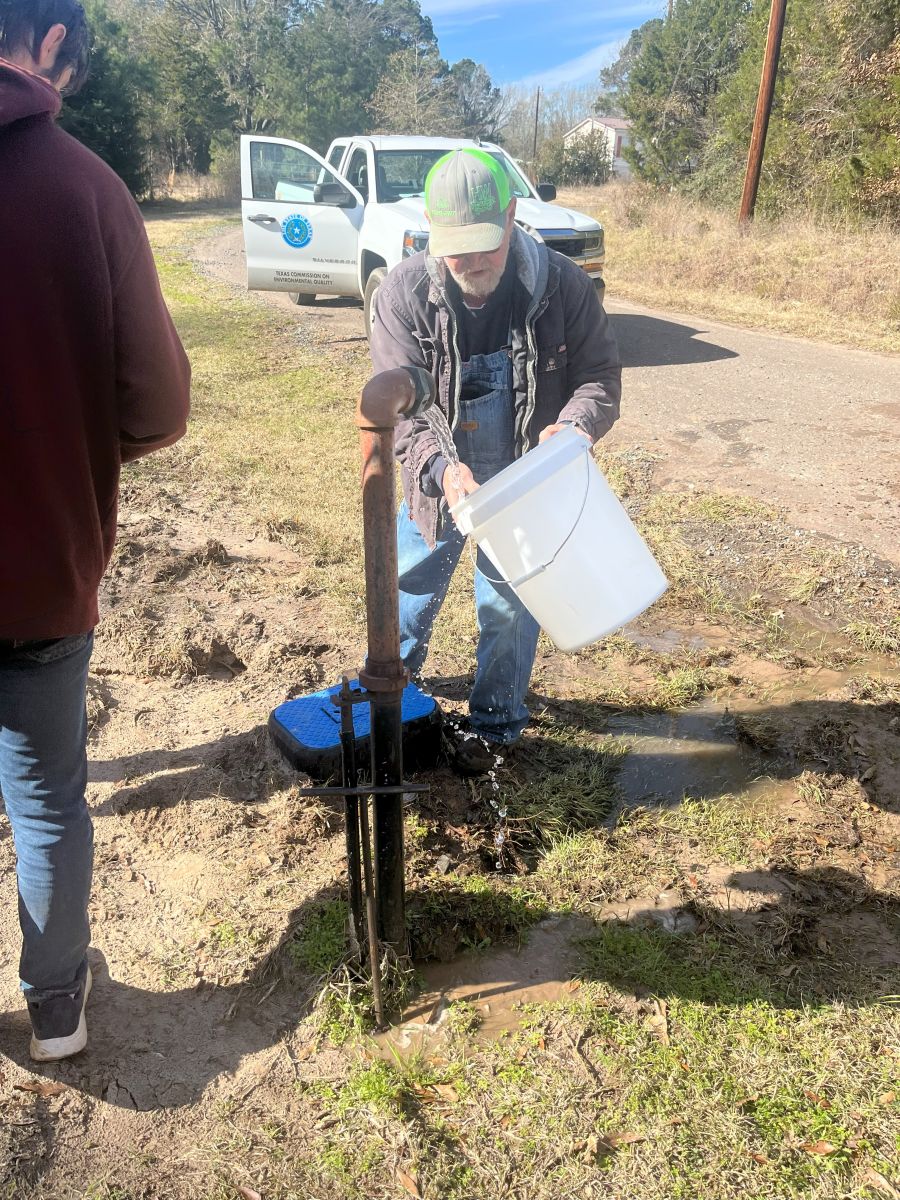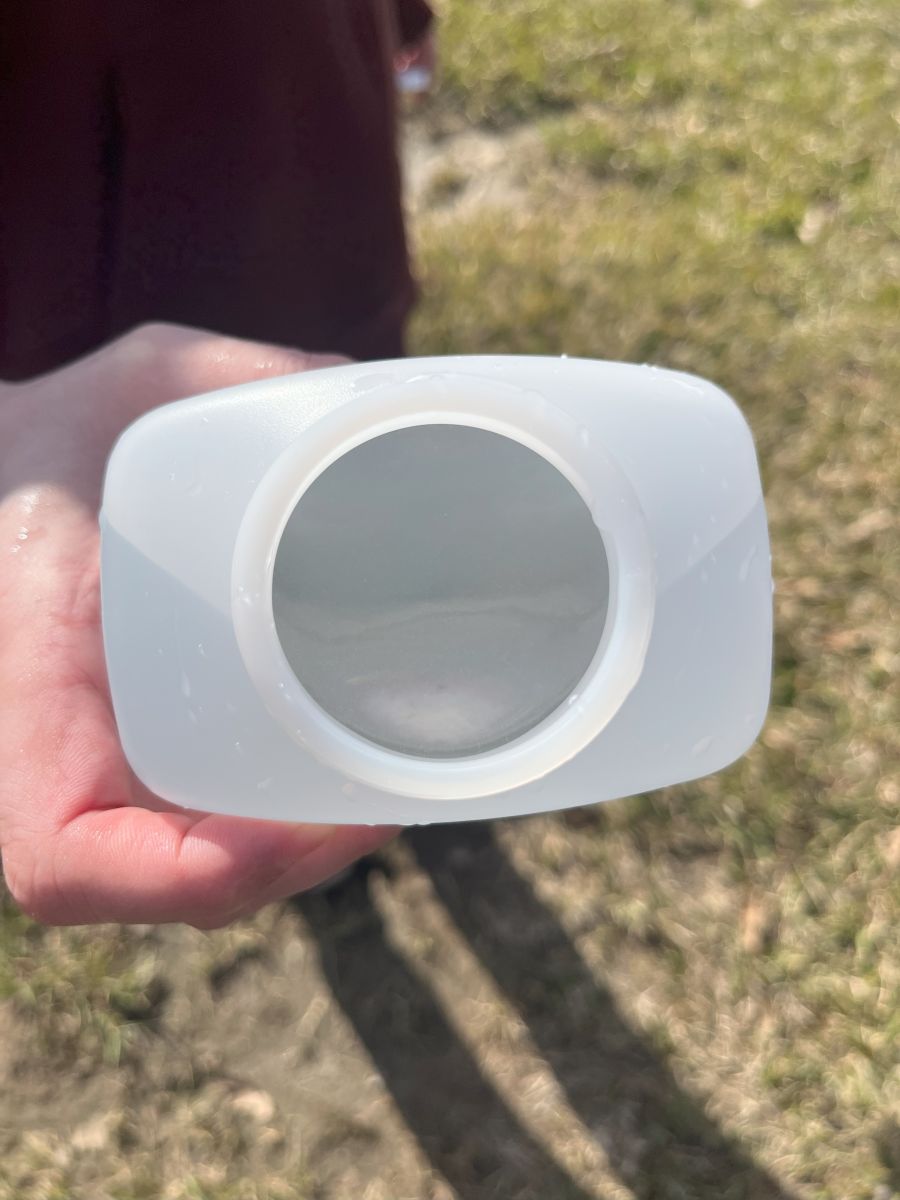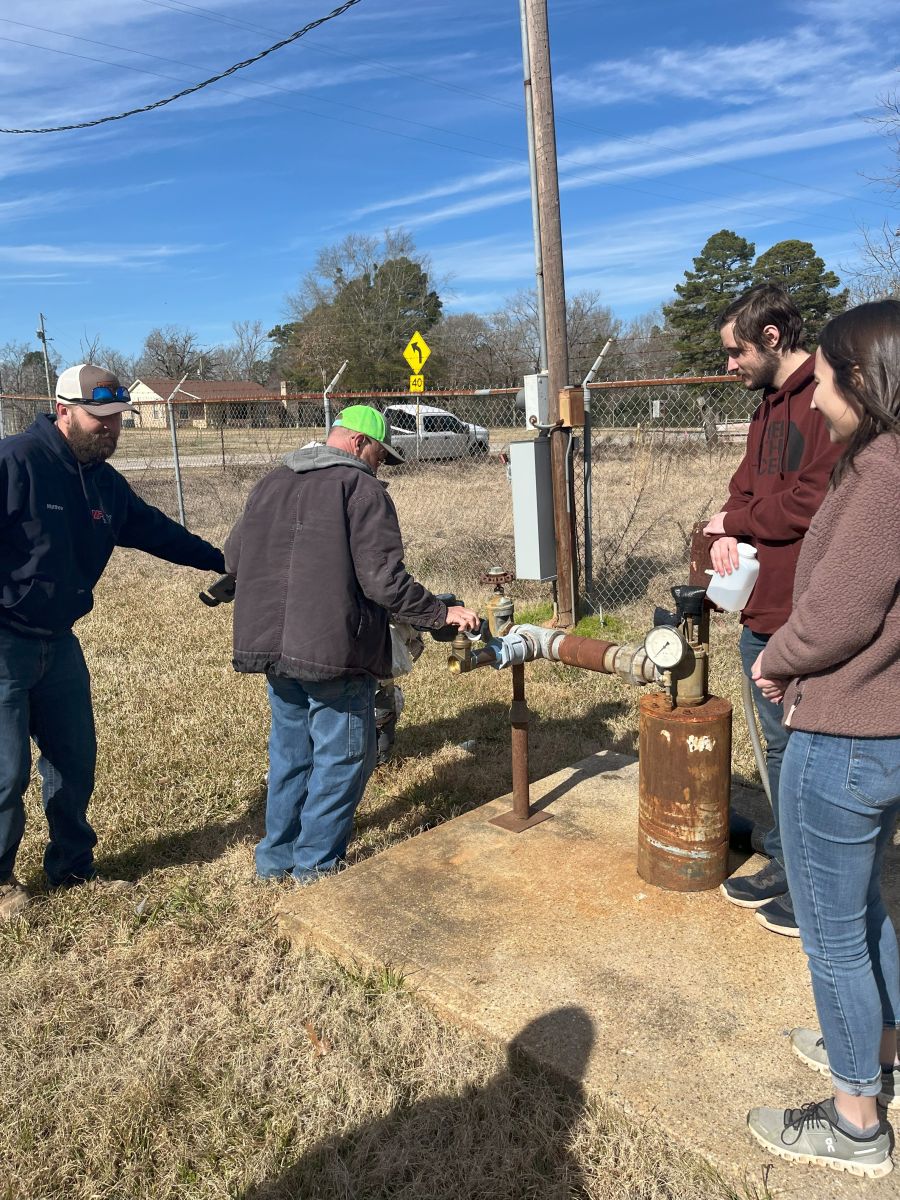January 2025 Update
January 17, 2025
DWSC Customer Update
Dear DWSC Members,
Yesterday, we completed a four-hour inspection with the Texas Commission on Environmental Quality (TCEQ), resulting in the closure of over 15 state water violations. Many of these stemmed from the May inspection and were the result of years of neglect. However, some violations date back even further and remained unresolved despite multiple extensions. Encouragingly, the in-field sample testing produced excellent results, and we also received the laboratory results last night.
From TCEQ’s 1/16/25 visit:
After testing, I will be able to resolve both the manganese and the corrosivity violations. Distribution had a 0.033 mg/L, the entry point was 0.024 mg/L, and the wells were 0.042 mg/L. Our Maximum Contaminant Level (MCL) is 0.05 mg/L. Continual monthly flushing and ground storage tank cleaning, when necessary, should continue to keep the manganese levels below the MCL. The water is also no longer corrosive.
For reference, this is what the state noted in 2020 regarding this system:
The agency’s maximum secondary standard for manganese is 0.05 mg/L. Based on historic data from the agency’s Drinking Water Watch database, the system has had manganese levels that both approach and exceed the maximum levels. Distribution had a 0.0642 mg/L, the entry point was 0.127 mg/L, and the wells were 0.197 mg/L.
This milestone reflects significant progress not only for our system but also from the state’s perspective. The TCEQ investigator remarked, “DeBerry Water has moved mountains.” This achievement was made possible through the tireless efforts of our current board members: Matt Tillman, Tammy Walters, Mary Robinson, and Steve Werner.
Additionally, we owe a tremendous debt of gratitude to Galen Coleman, his wife Shelly, and Ashley, Galen Jr., and Chris Coleman. Over the past month and a half, their hard work has driven us further than we ever thought possible, and their efforts continue. We also extend our gratitude to Derek Goyne, who took on field challenges to allow the Colemans to focus on rapidly moving us in the right direction.
Transparency remains a priority for our board, even when addressing challenges that reflect poorly on the system. We believe it is vital to share the extent of these issues, what has been done to mitigate them, and what it means for your water.
Recent Actions and Findings
This week, after months of delays, the pressure tanks and storage tanks were finally cleaned. Upon opening them, we found a significant buildup resulting from years of inadequate maintenance. Per TCEQ documents, violations were given even in 2020, and while steps were taken at that time levels were not decreased and proactive measures were not taken.
These conditions explain the larger particles some of you may have noticed in your water. Proper maintenance ensures that naturally occurring particles like manganese and iron settle at the bottom of the tanks without entering the water lines. Unfortunately, this maintenance was neglected, allowing sediment to circulate back into the system instead of separating as intended. Years of deferred maintenance and a lack of consistent flushing have caused sediment to accumulate and circulate throughout the system.
Previously, flushing only occurred in response to complaints rather than on a defined schedule. This compounded the buildup in both tanks and lines, resulting in issues that will take time and persistence to resolve. Since December 1st, when the Colemans began their work, we’ve implemented a flushing protocol that is revised, monitored, and updated weekly.
Next Steps
The only way to completely remove the buildup in the system would be to replace all lines, which is not financially feasible. Instead, the following steps will ensure we maintain and even lower current sediment levels while beginning to finally push the buildup out of the system lines instead of just moving it from one line to another.
- Flushing the Lines: With the tanks now clean, we plan to perform a full-system flushing, starting from one end of the community to the other. This process will aim to push out decades of accumulated sediment. Notifications will be sent to affected areas before high-pressure flushing begins, as it may cause temporary discoloration or pressure issues.
- Monitoring Water Quality: Today, we conducted water sampling with the state investigators from the wells, intake points, and output at the pump house. The clarity observed was encouraging, and sediment from the raw well intake will naturally settle in the tanks.
- Ongoing Maintenance: A more aggressive flushing and chlorine schedule will follow once the potential freeze passes. This approach is designed to gradually remove sediment from the system, but it will require time and effort.
- Frequent Tank Cleaning: Instead of adhering to the five-year state cleaning requirement, we will inspect the tanks on a quarterly or yearly basis to address needs before they become issues. This proactive approach will ensure that buildup remains manageable and can be flushed manually from the tanks rather than entering the water.
- Exploring Aggressive Options: Today, we discussed more aggressive actions that could potentially speed up the cleanup process. However, due to the system’s layout and inconsistent line sizes, some of these options may not be feasible for DeBerry. We are committed to exploring all available solutions.
Customer Participation
If you experience unusual discoloration, please contact Debbie so flushing can be arranged. Your home’s lines are unlikely to flush sediment effectively without assistance at a flush valve. The Colemans will address each complaint themselves to monitor, measure, and sample these areas. We also recommend inspecting and cleaning your hot water tanks and filters, as sediment buildup likely affects them as well.
Final Thoughts
This progress demonstrates that the water quality we all desire is achievable with diligent maintenance. Years of deferred maintenance and neglect cannot be undone overnight, but we are committed to addressing these challenges systematically. Your feedback is invaluable in identifying and resolving issues, so please keep us informed.
We are deeply grateful for your patience and understanding as we work toward a better future for DeBerry Water Supply. If you have questions, feel free to email us @ [email protected] or contact Debbie, who will connect you with the appropriate board member if needed.
Thank you for your support,
Sara Edwards – DeBerry WSC Board President
